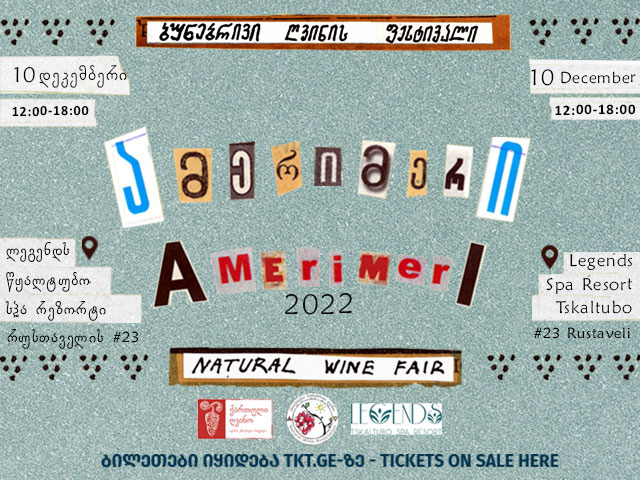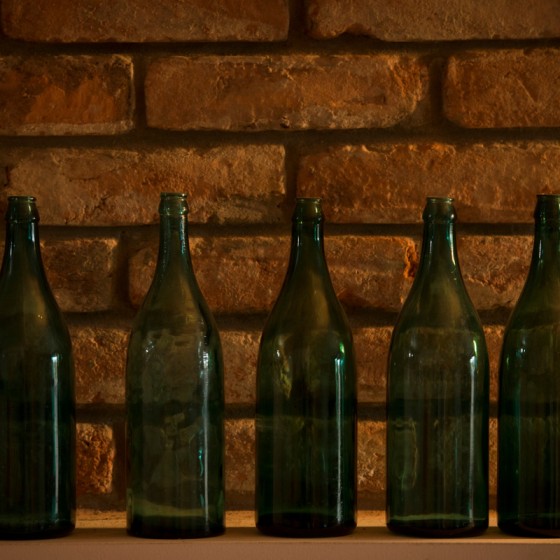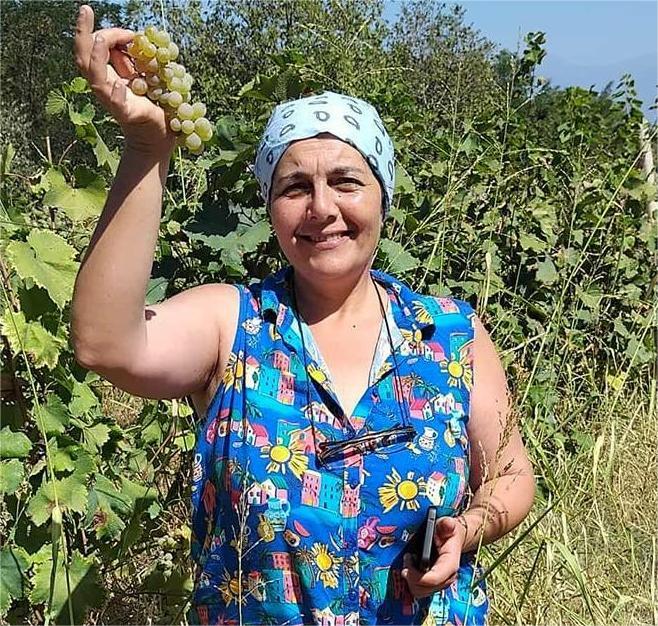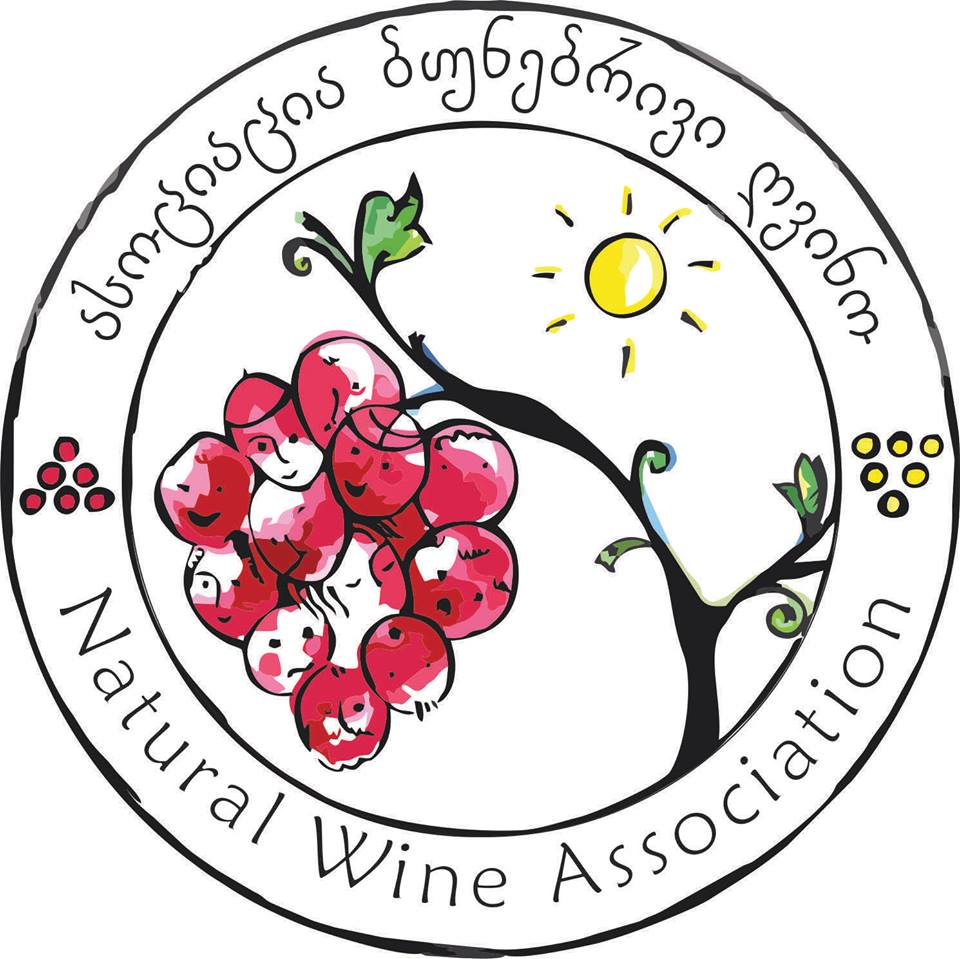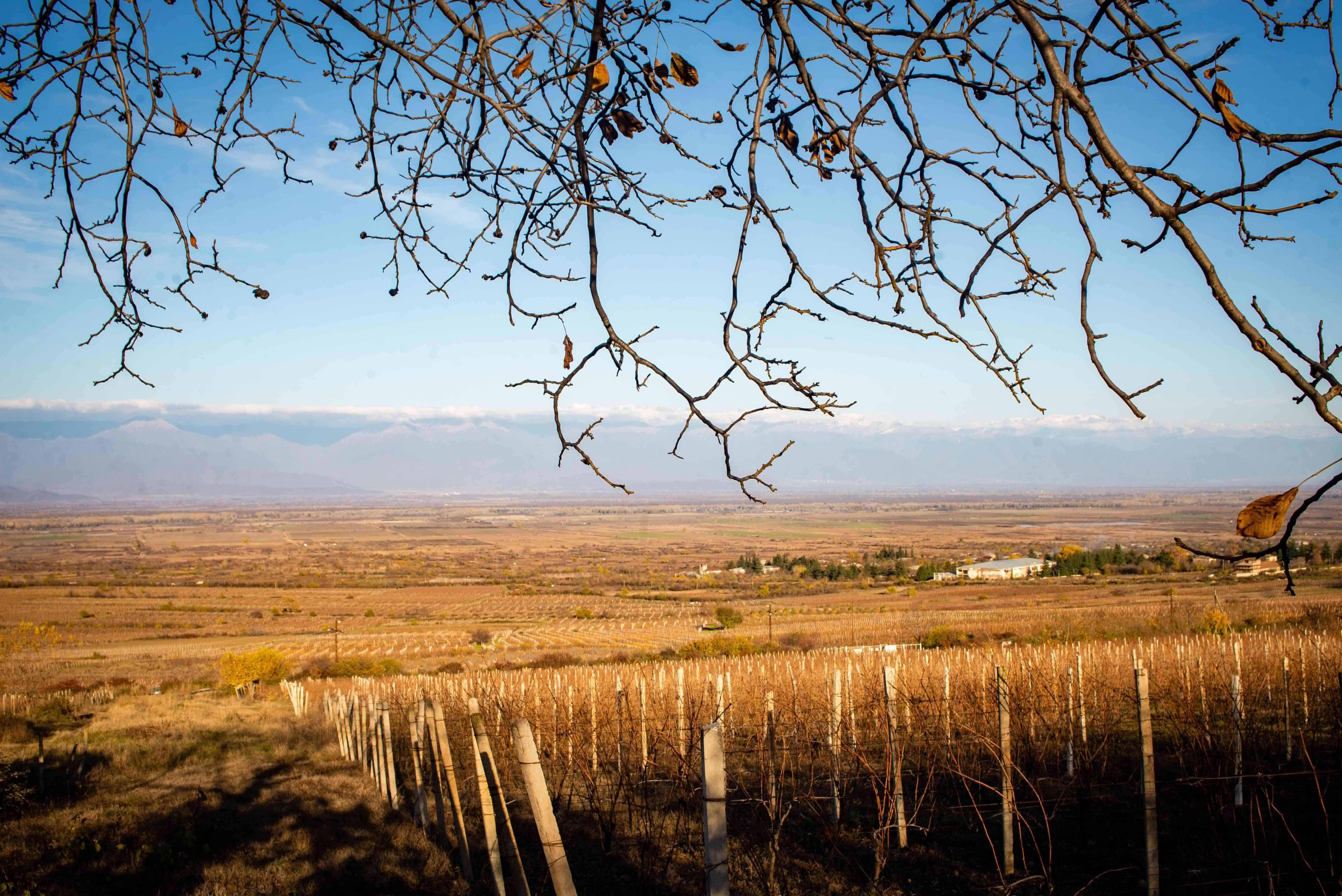News . 28-10-2022

2023 harvest in Imereti
Lasha Guruli’s Blog
[Enkeni]
The year 2023 was very difficult for winemakers of Imereti. Although hail is a rare event in Imereti that can massively damage the vineyards, drought and vine diseases – downy mildew and powdery mildew - are no less a problem. The problems in the vineyards here started in the spring. Immediately after exiting the flowering phase, heavy rainfall followed, which created the threat of massive development of downy mildew. It was necessary to have daily contact with the vineyard, as well as to carry out preliminary preventive measures to avoid the danger. Those of us who could not do so due to a specific regime suffered especially. For example, treatment was sometimes delayed or ineffective, and due to repeated rainy weather, the situation in the vineyard became worse and worse. Along with downy mildew, powdery mildew also developed in many places. In one of my own vineyards, the situation was so bad that after the third treatment it was no longer worth it, and I quickly accepted the inevitable losses in this vineyard.
No matter how painful it sounds, the winegrowers who treated the vineyard with organic compounds were especially affected, because the circumstances required more knowledge and a complex approach to save the vineyard, which, unfortunately, many winegrowers did not have. That’s why we got half, and in some places a third, of the harvest compared to previous years from organically maintained vineyards. The vineyards were relatively saved by those who took care of them with systematic compounds, but they were not satisfied with the quantity and quality of this year’s harvest either.
The second topic is the price of grapes from Imereti for this year’s vintage. For comparison, let’s recall last year’s prices. In the autumn of last year, the price of white grapes from Imereti did not exceed 2.50 GEL. And at the end of the harvest, the price dropped even more. For example, it was possible to buy Tsolikouri for 2 GEL in the last days. As for this year’s prices, the harvest started here from the end of September. Krakhuna was collected relatively early, and its price started from 4.50 GEL and in a good case came down to 3.50 GEL. The harvest of Tsolikouri and Tsitska also started from October. Their price was set at 4 GEL and did not drop below 3 GEL. The prices did not change even in the last phase of the harvest. On the one hand, it is good that the work of the vintner is paid and the value of grapes increases. However, the other side must be taken into account - the danger of further reduction of the number of organic vineyards. It is true that this threat does not affect the wineries of the Association in their own vineyards, but it may arise in relation to the partner winegrowers who might not be interested any longer if the vineyards face similar problems in the coming years.
Another topic is also worth noting: the general attitude of the Imereti population towards Imeretian wine. In the last five years, the situation has improved dramatically in this regard. Cases of adulterated wine production in households were minimized, and when buying grapes, the choice was also made of Imeretian grapes rather than Kakhetian ones. However, this year, the situation has changed radically for the worse. The focus shifted to the purchase of Rkatsiteli by the population, due to the lower price. Also, in various groups of the social network, there were requests for pressed skin, for the production of adulterated wine for family consumption.
In Imereti, the harvest of Otskhanuri Sapere and Aladasturi is still ahead. However, their price will most likely be increased as well. If in the past years the cost of Otskhanuri Sapere was 4 GEL, this year it should be assumed that it will not cost less than 6 GEL.
Despite the listed difficulties, I think that as a result of the determination of the winemakers, we should expect interesting wines from Imereti this year. This is because due to the reduced number of harvests, the winemaker has an opportunity to control the fermentation process and the quality of the wine more.
This year we will have three types of wine in the “Enkeni” wine cellar: Dzelshavi, Tsolikouri and Tsitska. This year, I made different decisions in the process of making wine. For example, I put Dzelshavi in qvevri without skin. On the third day, I added 50% of Tsolikouri pressed skin and stem and fermented it in this way. After that, we removed the skins and filled the qvevri. By the end of October, I am going to remove it from the sediment and put it in the qvevri again until April. We also made Tsolikouri with a different technology, due to the small quantity. We fermented it in a stainless tank, together with 50% skin. After fermentation, we removed the skin and placed it again in a stainless tank. As for Tsitska, it was traditionally placed in qvevri with 15% skin and is currently fermenting.
